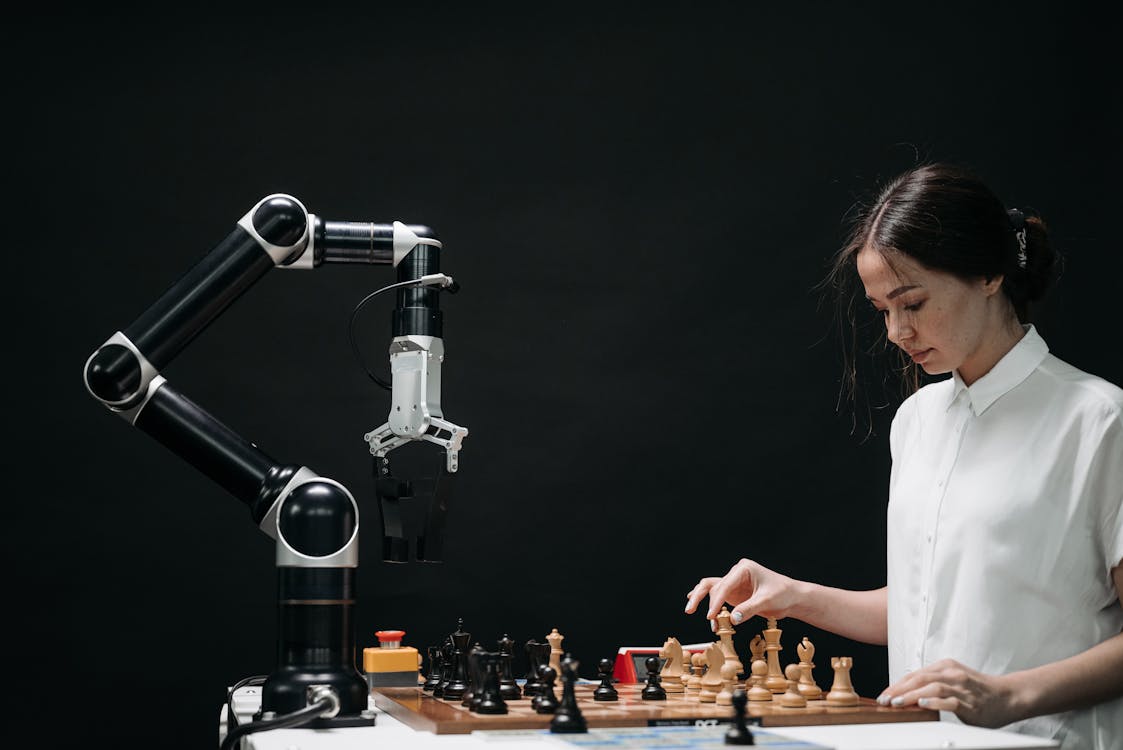The age of robots is upon us. From self-driving cars to automated factory workers, artificial intelligence (AI) and robotics are transforming industries around the world. While automation promises improved efficiency and productivity, there are also concerns about the potential risks and displacement of human jobs. This article evaluates the key benefits and risks of our increasing reliance on robotic and intelligent automation.
The Benefits of an Automated Workforce
One of the main economic arguments in favor of automation is that it increases productivity and reduces costs. Unlike human workers, robots can perform tasks quickly, accurately, and around the clock without breaks. For repetitive and dangerous jobs, robots perform far better than people. Automation has enabled vast improvements in manufacturing quality and output. Robotic automation also reduces human error and risk of accidents in activities like chemical processing, mining, and construction.
AI and automation remove barriers of location and scale in servicing markets. An e-commerce company can ship orders from a robot-run warehouse to customers worldwide. Self-driving delivery vehicles can transport goods to doorsteps 24/7. Automated systems also process data and provide real-time analytics much faster than human analysts. AI is enhancing many knowledge worker roles through machine learning and natural language processing.

The Risks of Displacement and Unemployment
The biggest concern regarding automation is massive job loss leading to increased unemployment. Manual, clerical, retail, and food service roles are most prone to replacement by robots. McKinsey estimates that 50% of work activities globally can be automated using already demonstrated technologies. Low wage earners with lower education levels face the highest risk of being displaced.
While automation creates some new IT and robotics jobs, they won’t offset the larger number of roles made redundant. Displaced workers need substantial retraining to transition into new in-demand roles. Not everyone has the capacity to upskill, which could widen income inequality. There are also concerns about bias in algorithmic decision making and lack of accountability.
The Outlook for Human-Robot Collaboration
Rather than a robot takeover, the future is more likely to involve collaboration between humans and intelligent machines. Both bring complementary strengths. AI excels in data processing, predictions, and optimizing routines at scale. Humans offer creativity, empathy, judgment, and innovative problem solving. Combining these capabilities will enable businesses to serve customers better.
AI tools can automate routine work while augmenting human capabilities in creative roles. For example, an AI assistant could analyze client data when developing custom financial plans, freeing up a human advisor to focus on relationship building and communication. Intelligent algorithms can surface relevant information and suggest options to aid human decision making. Technology leaders like Microsoft foresee an AI-powered workforce where humans steer roles requiring emotional intelligence, ethics, and complex reasoning.

While automation will disrupt some jobs, responsible adoption can pave the way for safer, highly productive human-AI collaboration. With thoughtful leadership and policy making, society can maximize the benefits of robotic automation while supporting displaced workers during the transition.


Comments